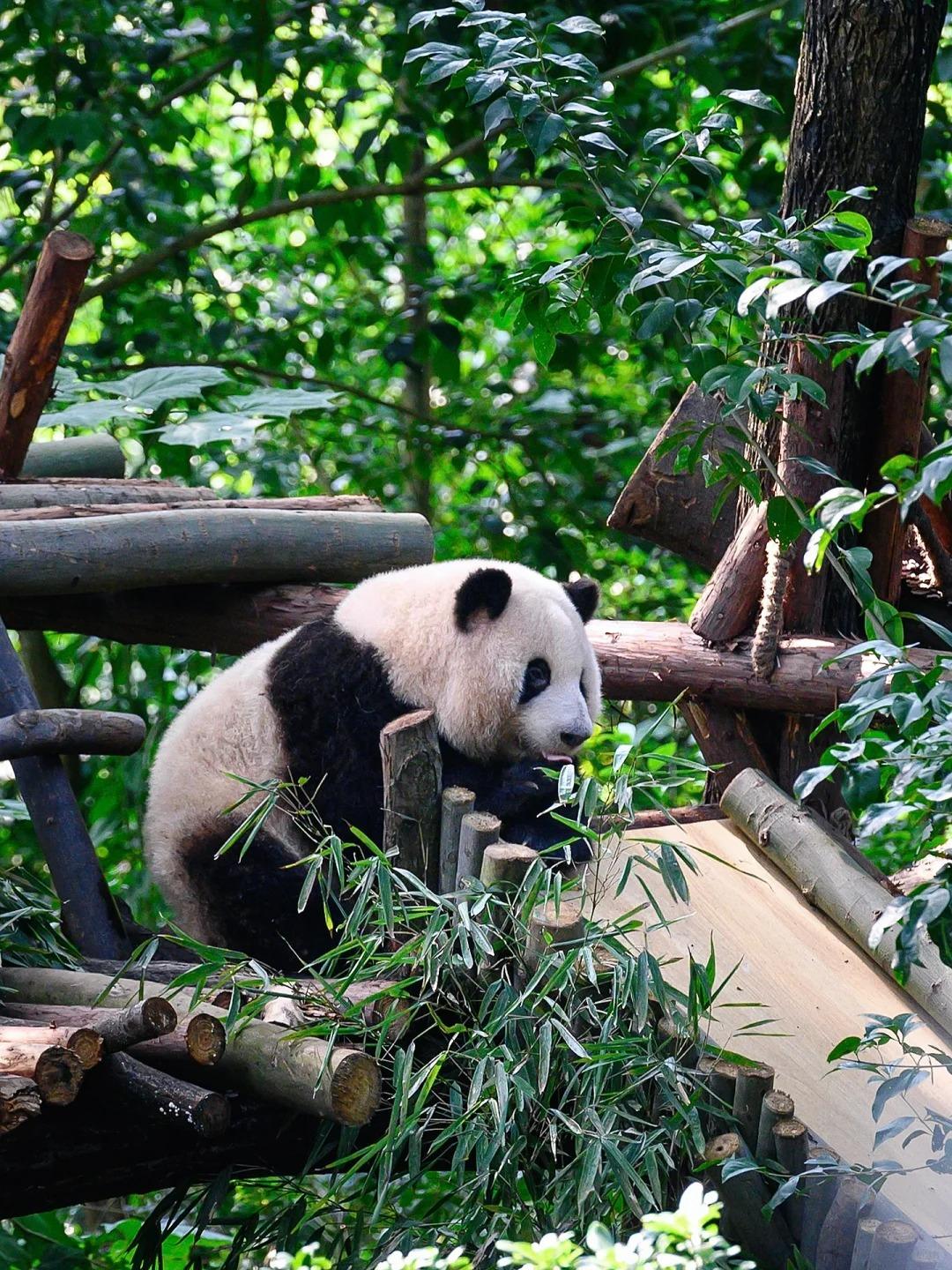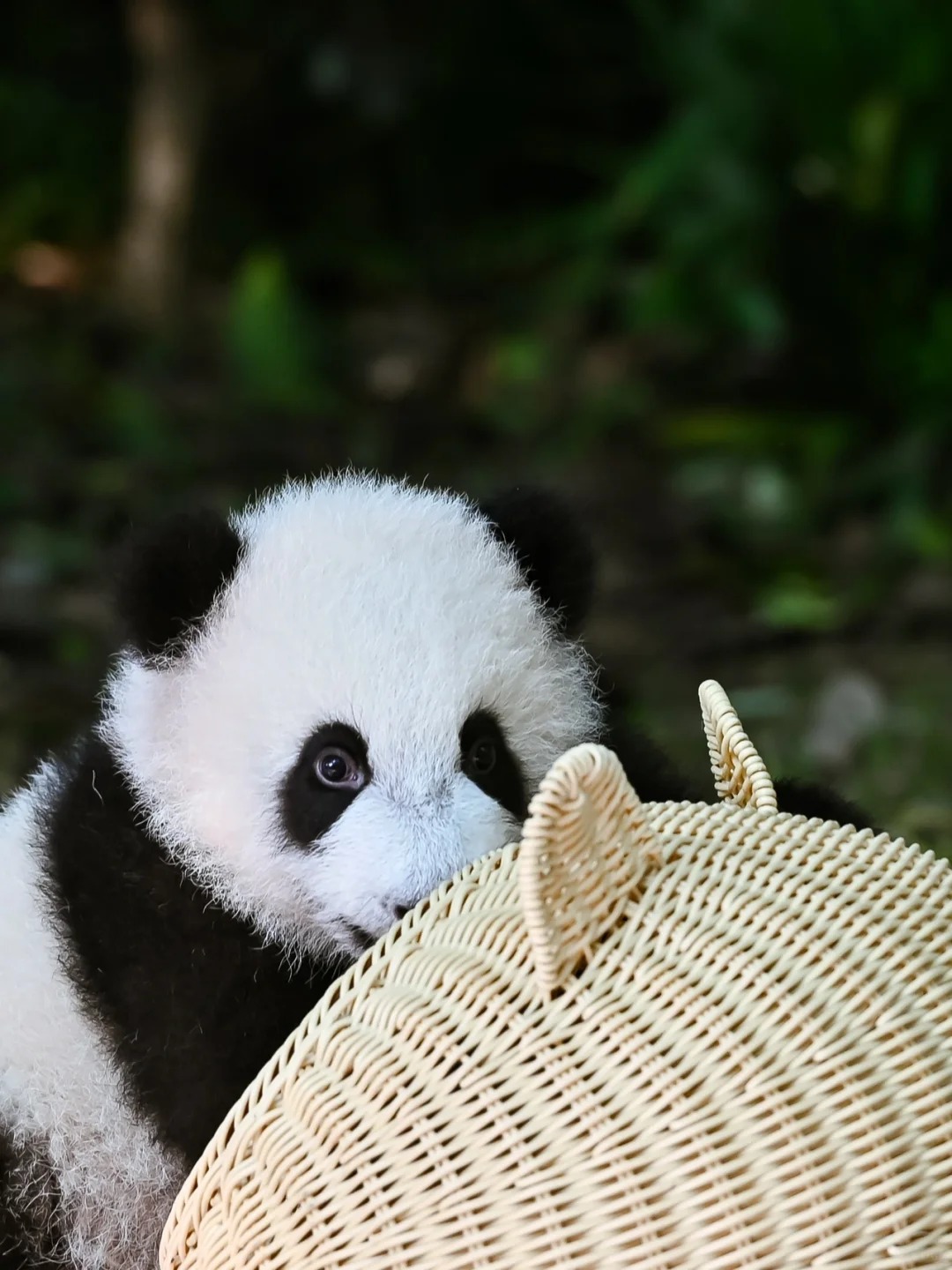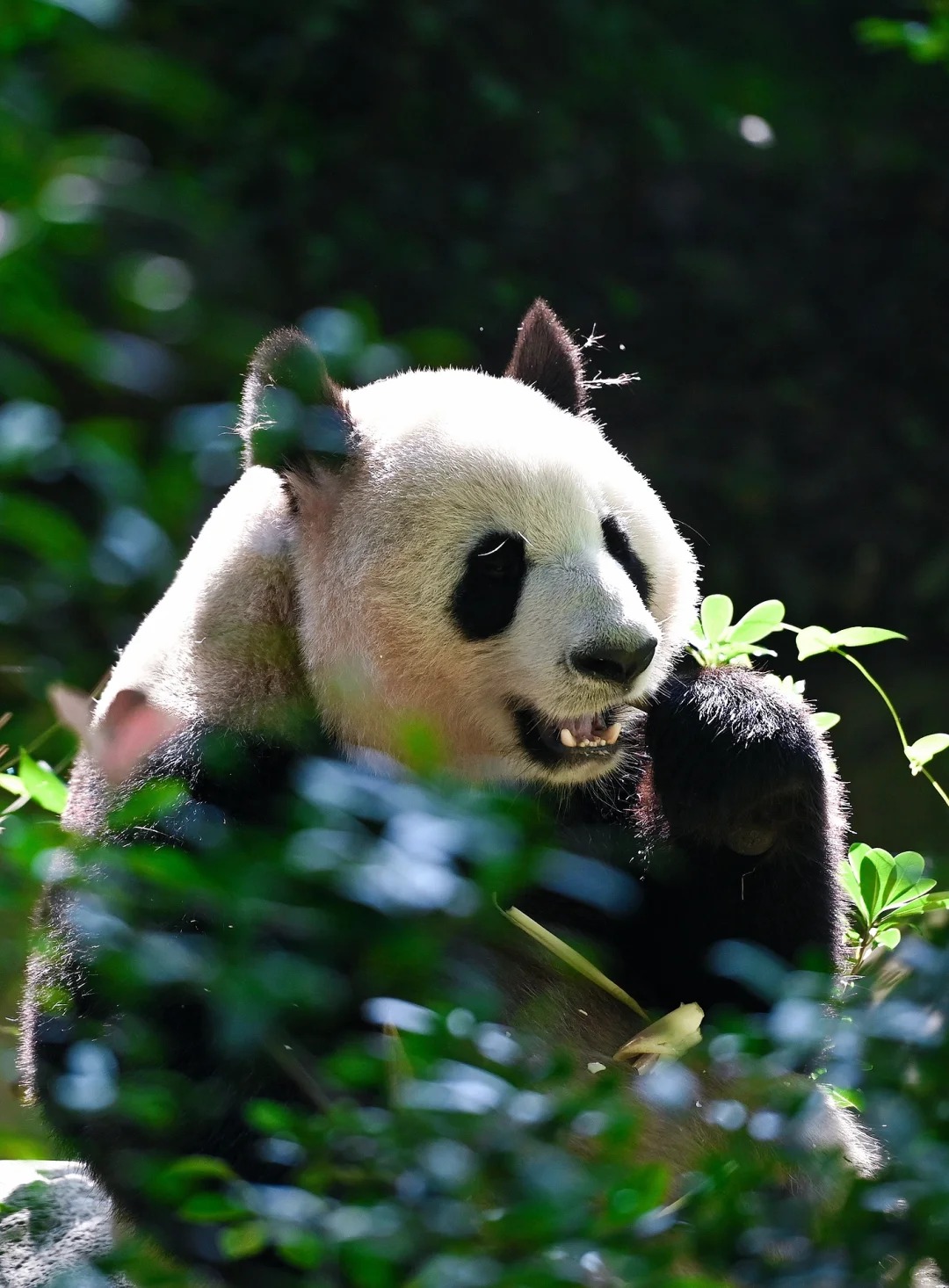Visiting Information
| Information | Details |
|---|---|
| Chinese Name | 成都大熊猫繁育研究基地 (Chéngdū Dàxióngmāo Fányù Yánjiū Jīdì) |
| Location and Address | 1375 Xiongmao Avenue, Northern Suburb, Chengdu, Sichuan Province, China |
| Opening Hours | 7:30 AM – 6:00 PM (Last entry at 5:00 PM) |
| Entrance Fee | 58 CNY for adults, 29 CNY for children (1.2m-1.4m tall), free for children under 1.2m |
| How to Get There | By Metro: Line 3 to Panda Avenue Station, then take bus 198 or 198A By Bus: Routes 9, 87, 198, 198A, 867 to Panda Base By Taxi: About 30-40 minutes from downtown Chengdu |
| Best Time for Visit | 8:30 AM – 10:30 AM (when pandas are most active) |
| Contact Info | Tel: +86 28 8350 8288 Email: [email protected] |
Overview
The Chengdu Research Base of Giant Panda Breeding is a non-profit research and breeding facility for giant pandas and other rare animals. Founded in 1987, it started with 6 giant pandas rescued from the wild and has since become a world-renowned panda research and breeding center. The base aims to create a natural habitat for pandas and provide visitors with an opportunity to observe these endangered animals up close.
Historical Background
Established in response to the declining wild panda population, the base began its operations in a small area and gradually expanded. Over the years, it has successfully bred over 200 giant pandas and has played a crucial role in panda conservation efforts worldwide. The base has also contributed significantly to scientific research on panda biology, behavior, and conservation strategies.

Architectural Features
- Panda Enclosures: The base features specially designed enclosures that mimic the pandas’ natural habitat. These areas are spacious, filled with bamboo, and include both indoor and outdoor spaces to ensure the pandas’ comfort in various weather conditions.
- Giant Panda Museum: This modern facility houses exhibits on panda evolution, behavior, and conservation efforts. It includes interactive displays and educational materials to enhance visitors’ understanding of these unique animals.
- Swan Lake: A picturesque lake within the base that not only adds to the scenic beauty but also serves as a habitat for various bird species, including black-necked swans.
- Bamboo Forest Paths: Winding paths through bamboo forests connect different areas of the base, providing a natural and immersive experience for visitors while mimicking the pandas’ wild habitat.
Cultural Importance
The Chengdu Research Base of Giant Panda Breeding holds significant cultural importance as it represents China’s commitment to protecting its national treasure, the giant panda. The base has become a symbol of conservation efforts and international cooperation in wildlife protection. It also plays a crucial role in public education, raising awareness about environmental conservation and the importance of biodiversity.
Surrounding Attractions
- Chengdu Botanical Garden: Located adjacent to the Panda Base, this garden showcases a wide variety of plant species native to Sichuan province. It offers a peaceful environment for nature lovers and botanists alike.
- Chengdu Zoo: Situated about 5 kilometers from the Panda Base, the Chengdu Zoo houses various animal species and provides another opportunity for wildlife enthusiasts to explore.
- Wenshu Monastery: This well-preserved Buddhist temple, located in downtown Chengdu, offers a glimpse into traditional Chinese architecture and Buddhist culture.
- Jinsha Site Museum: An archaeological museum showcasing relics from the ancient Shu civilization, providing insight into the region’s rich history.

Photography Opportunities
- Pandas in Action: The best photo opportunities are during feeding times or in the morning when pandas are most active. Capture images of pandas eating bamboo, climbing trees, or playing with each other.
- Baby Pandas: The nursery area offers chances to photograph adorable panda cubs, especially during breeding season (typically late summer to early autumn).
- Scenic Landscapes: The base’s lush bamboo forests, Swan Lake, and well-maintained gardens provide beautiful backdrops for nature photography.
- Red Pandas: Don’t miss the opportunity to photograph the lesser-known but equally charming red pandas, which are also housed at the base.
Modern Importance
- Conservation: The base plays a crucial role in giant panda conservation, contributing to increasing the panda population and improving genetic diversity through its breeding program.
- Scientific Research: As a leading research institution, the base conducts important studies on panda biology, behavior, and conservation techniques, contributing valuable knowledge to the global scientific community.
- Education: Through its educational programs and exhibits, the base raises public awareness about wildlife conservation and environmental protection, inspiring visitors to take action in their own lives.
- Tourism: As one of Chengdu’s top attractions, the base contributes significantly to the local tourism industry and economy, while promoting eco-tourism practices.

FAQ
- What is the Chengdu Research Base of Giant Panda Breeding famous for?
It’s famous for its successful giant panda breeding program, conservation efforts, and providing visitors with the opportunity to see pandas up close in a naturalistic setting. - What’s inside the Chengdu Research Base of Giant Panda Breeding?
Inside, you’ll find panda enclosures, a giant panda museum, research facilities, a nursery for baby pandas, red panda areas, and beautiful landscaped grounds with bamboo forests. - Is the Chengdu Research Base of Giant Panda Breeding free?
No, there is an entrance fee. Adults pay 58 CNY, children between 1.2m and 1.4m tall pay 29 CNY, and children under 1.2m can enter for free. - Is the Chengdu Research Base of Giant Panda Breeding worth visiting?
Yes, it’s highly worth visiting for anyone interested in wildlife, conservation, or simply seeing giant pandas in a well-maintained, naturalistic environment. - What to do in the Chengdu Research Base of Giant Panda Breeding?
You can observe pandas, visit the museum, watch educational films, take guided tours, enjoy the scenic walks, and sometimes witness feedings or other panda activities. - How do I get to the Chengdu Research Base of Giant Panda Breeding in the local city?
In Chengdu, you can take Metro Line 3 to Panda Avenue Station and then bus 198 or 198A. Alternatively, you can take a direct bus (routes 9, 87, 198, 198A, 867) or a taxi from downtown Chengdu. - How to visit the Chengdu Research Base of Giant Panda Breeding?
Plan to arrive early in the morning when pandas are most active. Purchase tickets at the entrance or book in advance. Follow the designated paths, respect the animals and rules, and consider joining a guided tour for more information.






